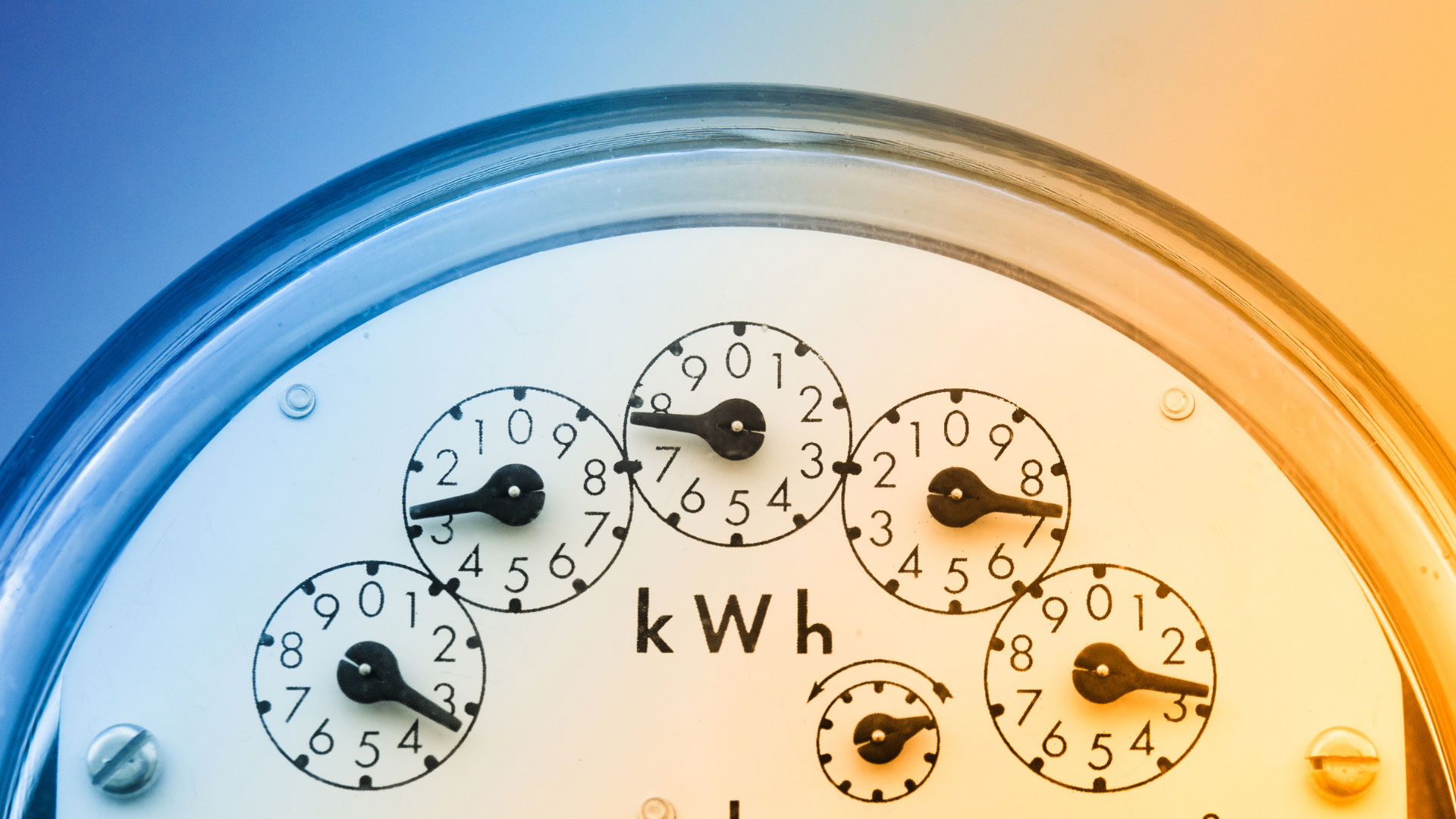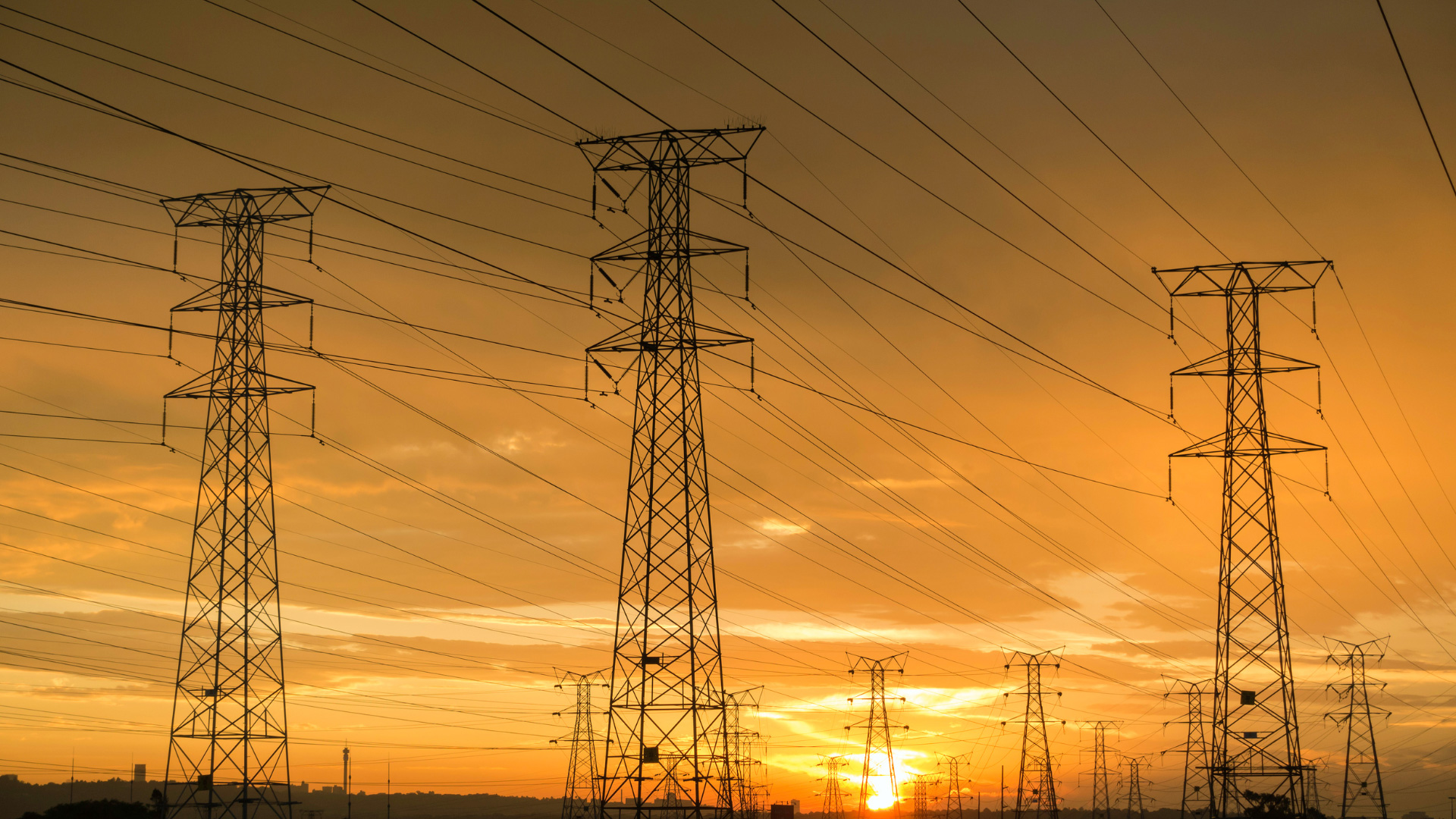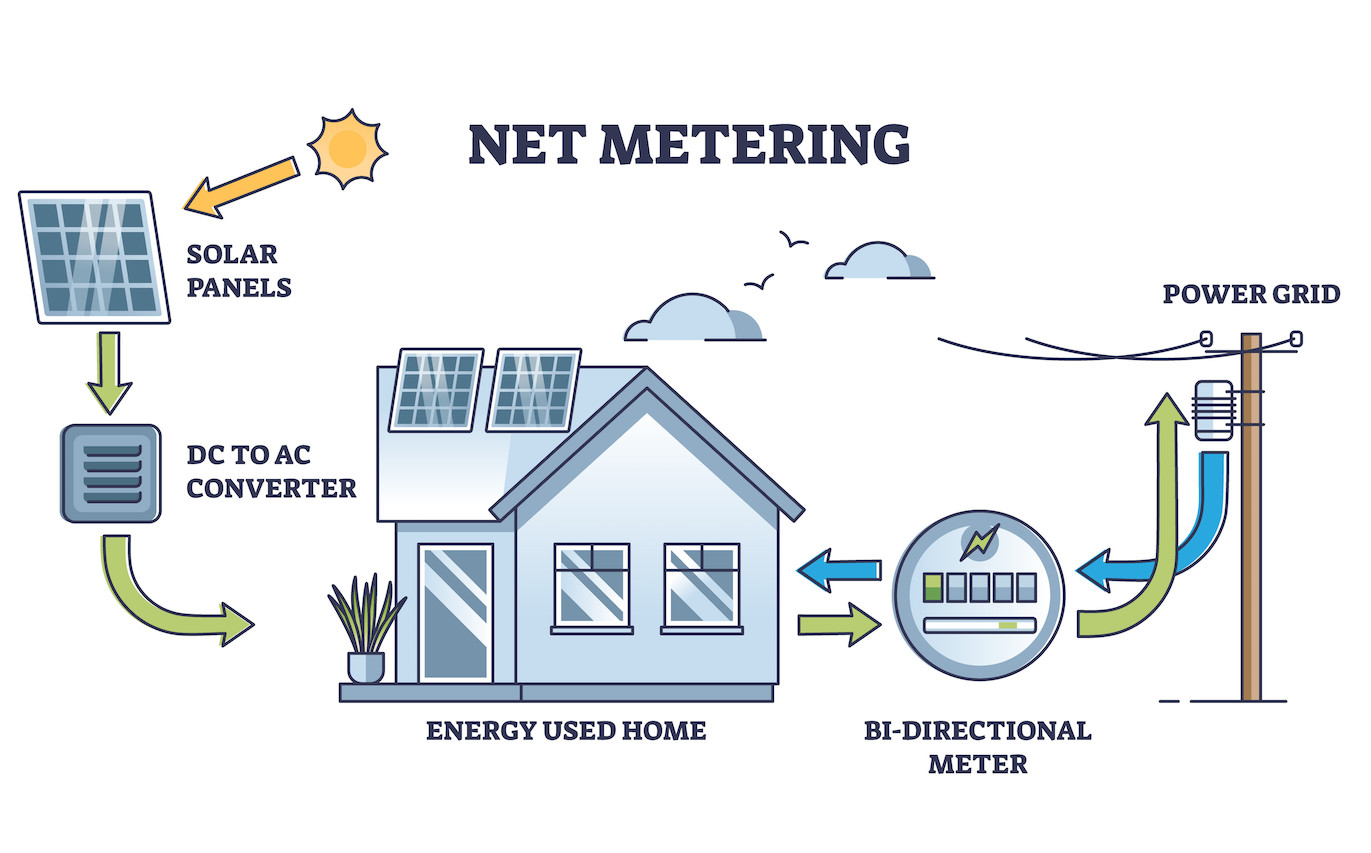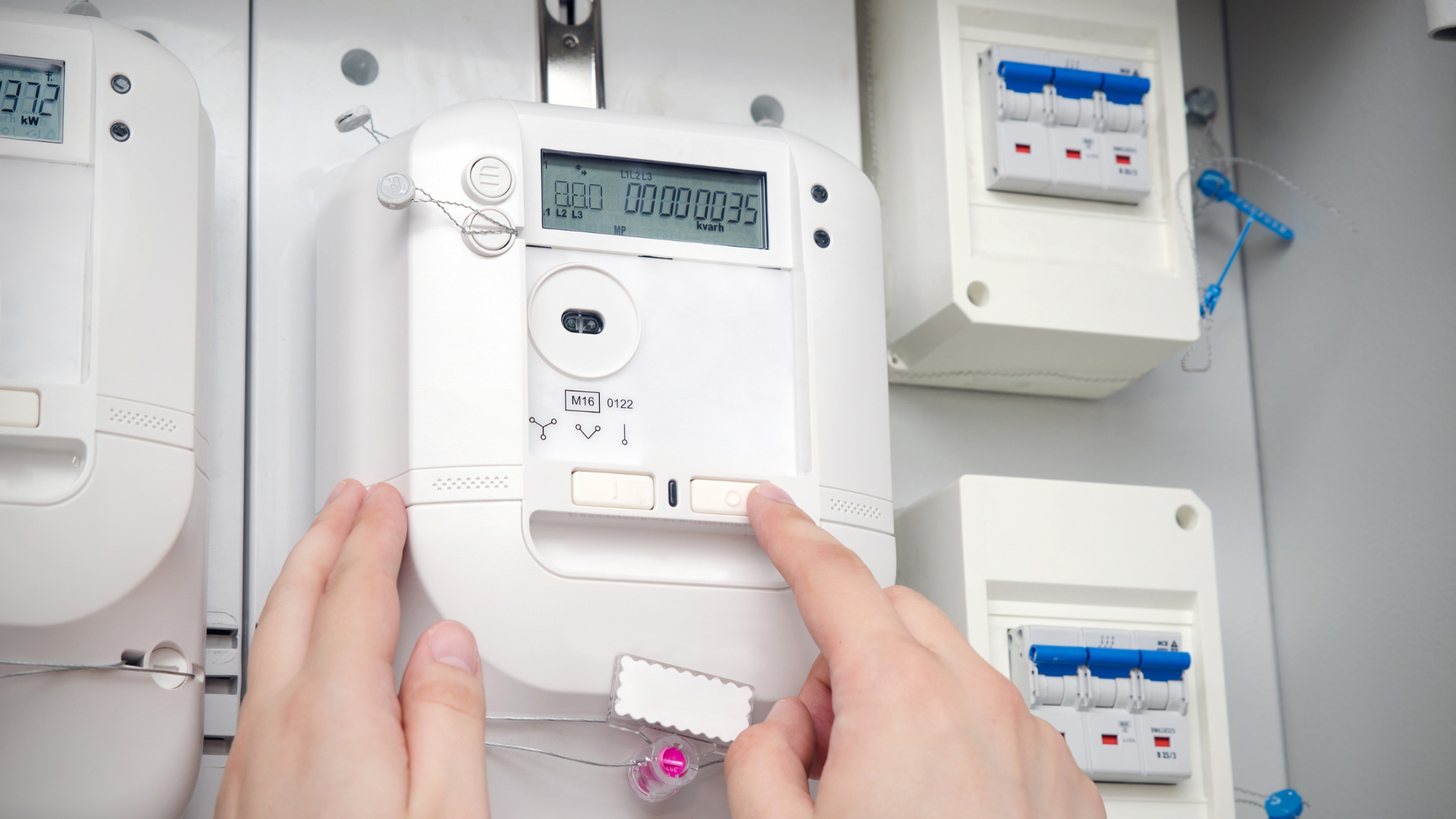NEM 3.0 primarily refers to a billing structure between an individual with solar and utilities. CPUC began a reform of the new net metering policy in August 2020. The proceedings continued up until 2021. NEM 3.0 was passed on December 15, 2022, making it the latest net metering energy policy. The policy is set to take effect in spring (April 14) 2023. California homeowners, especially those with SDG&E, SCE, and PG&E, are set to receive 8 cents per kWh for excess electricity in the grid system.
How CPUC’s NEM 3.0 Is Affecting the Value of Solar
CPUC’s NEM 3.0 has impacted solar’s value in several ways. The points below show some of its effects.
1. Solar owners earn around 75% less for excess power pushed into their grid
As stated earlier, the export rate is much lower, meaning homeowners will earn 75% less than those using NEM 2.0 for the energy they sell back to the grid. Also, this change only affects those with NEM 3.0- homeowners with NEM 1.0 and 2.0 will not be affected by the new policy and will keep enjoying the benefits for about 20 years from the day they were given PTO (Permission To Operate).
2. It increases the payback period and reduces cost savings
The solar panel system has a power rating of 6kW. Since the consumer pays 8 dollars per kW, they will spend about 48 dollars monthly, which is relatively high. Saving under these circumstances is quite challenging. Such consumers can only save about 73000 dollars, which is much lower. The payback period for homeowners under the CPUC NEM 3.0 is about 6.5 years, two years higher than those with NEM 2.0. That said, once a major cause of concern, solar taxes are now off the table- a steer in the right direction.
3. Utility companies will now charge a mandatory grid participation fee.
Historically, many solar customers have been able to reduce their monthly utility bills down to a $10 interconnection fee. But under the CPUC NEM 3.0, utility companies are now charging customers a mandatory grid participation fee. This means that homeowners will have to pay their utility providers $8 per kw of solar capacity. And since the average system is about 6 kw, the average homeowner will be spending $48 each month for the privilege of being connected to the grid – further reducing your monthly savings.
How to Beat NEM 3.0
The impact of NEM 3.0 is adverse. However, you still have time to beat this policy, especially with your current information. Below are ways of surpassing CPUC’s NEM 3.0.
- Ensure you submit your application before April 13, 2023
- Find solar system plans under NEM 2.0 with high optimization to ensure you maximize your cost savings
- Invest in your system now to avoid extra costs that may come up in the future.
Let Solar Optimum Help
NEM 3.0 is about to take effect, and as stated earlier, its effects are not entirely pleasant. However, as a homeowner, you can beat this policy before April 13, 2023. Solar Optimum provides excellent alternatives for premium solar and battery storage, especially if you’re a homeowner in California. Get in touch with us today to get value for your money.







